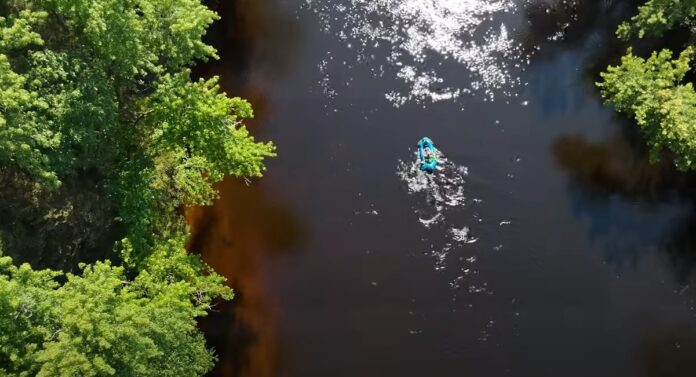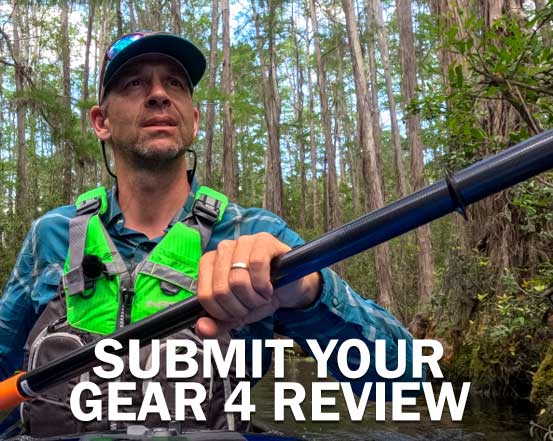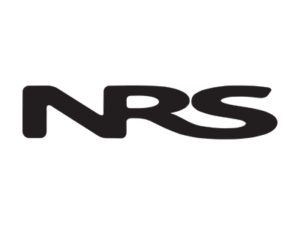I'm excited to be back on the water, embarking on another backcountry adventure. This time, I’m on the Noire (Black) River in Quebec—a world-class multi-day river that I’ve never paddled before. The Noire River is one of the big three rivers that canoe trippers from around the globe dream of paddling, along with the Coulonge and the Dumoine rivers. I’ve had the pleasure of paddling the Dumoine on a seven-day trip earlier this spring and have done some day-sections of the Coulonge, but this is my first time on the Noire.
I want to give a special shout-out to our partner, the American Canoe Association (ACA). They've been instrumental in promoting paddling safety and education. Check out their paddling course for more great information.

But here’s the twist—I’m not tackling it in the traditional fashion. Instead of using a canoe, I’m exploring these new waters with a packraft. More specifically, I'm using the new NRS Neutron Packraft, and this will be my first multi-day adventure in this type of craft.
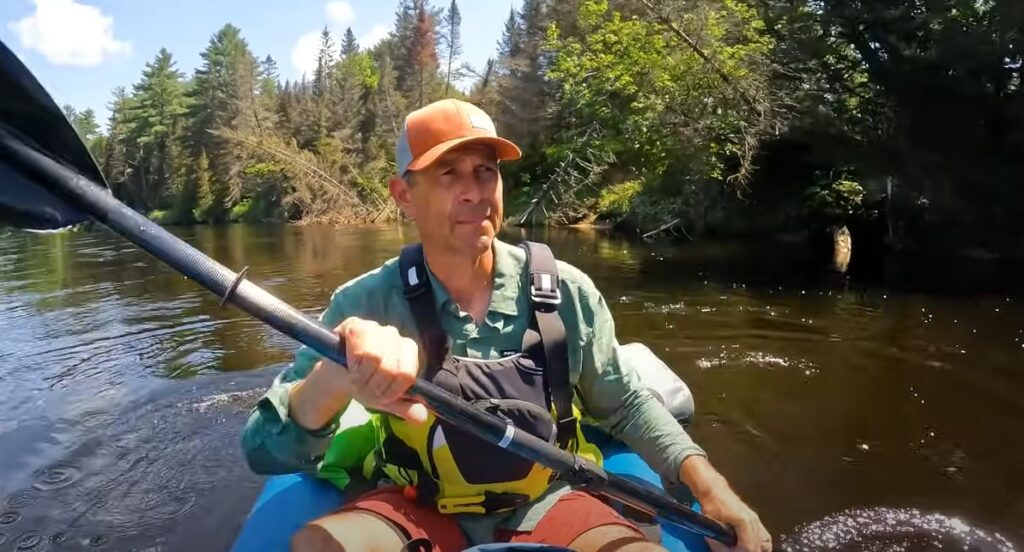
The Noire River is known for its mix of flatwater and runnable rapids, which I'm hoping makes it an ideal place for a packraft adventure. I'm starting at km 72, and my plan is to cover about 16 kilometers each day, for three days, to arrive at the take-out at km 25. The river isn’t low, thanks to some mid-season rains, and so I think I’m in for a fun ride.
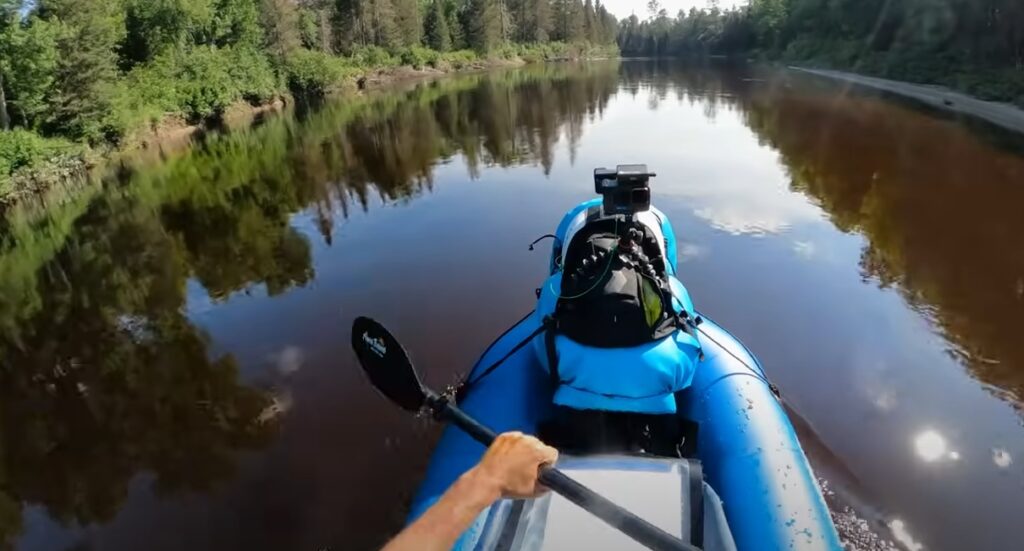
Packraft Lessons Learned
The first day was a bit of a learning experience. Twice, I found myself standing on the shore, watching my gear float away. The big lesson here? Tie your gear down! It’s easy to get complacent with a packraft’s open cockpit, especially when you’ve got lots of gear for a camping trip. And of course, everything should be in dry bags—no exceptions.
Another thing I learned is the importance of packing smart with a packraft. Unlike a canoe, where gear is easily accessible, packrafts require a bit more thought. Anything you might need during the day—water filter, snacks, first aid kit—should be kept outside the boat in a dry bag. You don’t want to be deflating your boat mid-day just to get to something you’ve stowed inside.
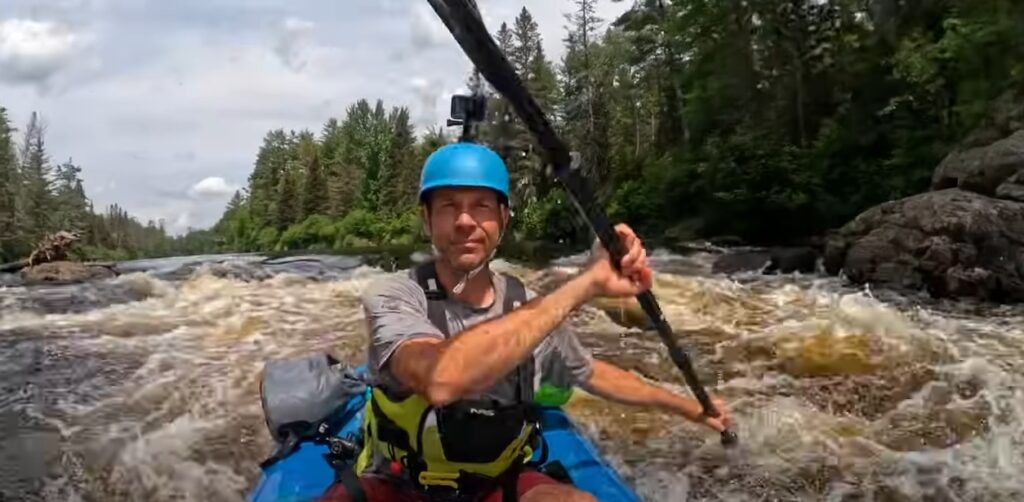
The Whitewater Begins
The Noire River isn’t just a flatwater paradise; it’s also home to some exciting rapids. My first encounter with whitewater on this trip was a Class 2 rapid. While Class 2 rapids are generally low in technical difficulty and consequences, you never know what you’re going to get, especially with varying water levels.
The packraft handled the rapid well, but I did feel the limitation of the boat. The packraft is self-bailing, meaning water that comes in drains out through holes in the floor, similar to scupper holes on a sit-on-top kayak. But it takes time for that water to drain, and in the meantime, your boat is extremely heavy, which causes you to lose maneuverability. It’s something to keep in mind if you’re considering packrafting through more technical rapids.
A Sweet Campsite

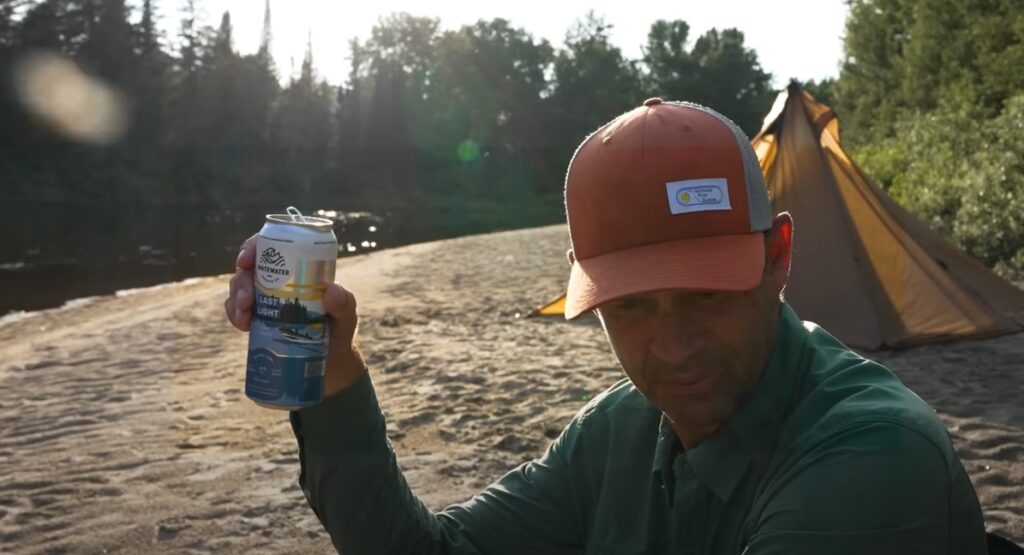
After a good stretch of paddling, I found a campsite that was too good to pass up. Sure, I could have kept looking for a better spot, but this one had everything I needed. As the sun began to set, I settled in, cracked open the only beer I brought on the trip, and enjoyed a hot and humid, but wonderfully peaceful evening.
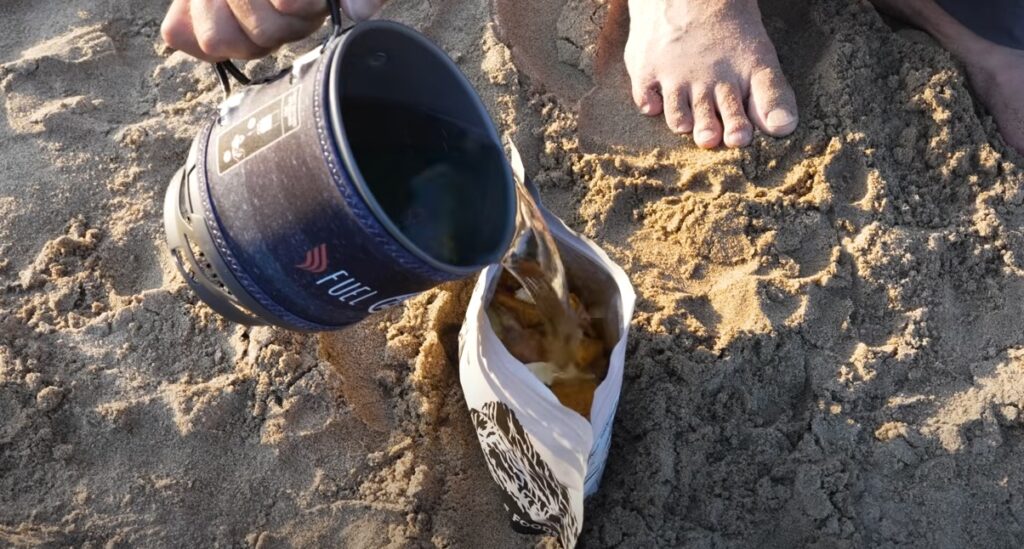
Dinner was a simple affair—Italian sausage and zesty tomato sauce with farro pasta, courtesy of Pinnacle Foods. I’m not usually one to rave about dehydrated meals, but I am truly impressed with Pinnacle Foods dehydrated meals!
A New Day on the Noire River
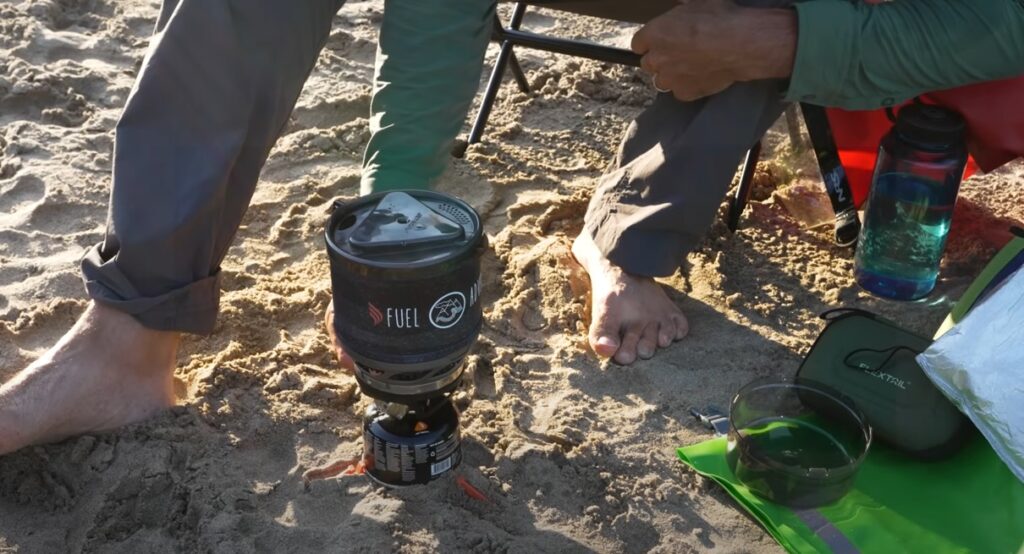

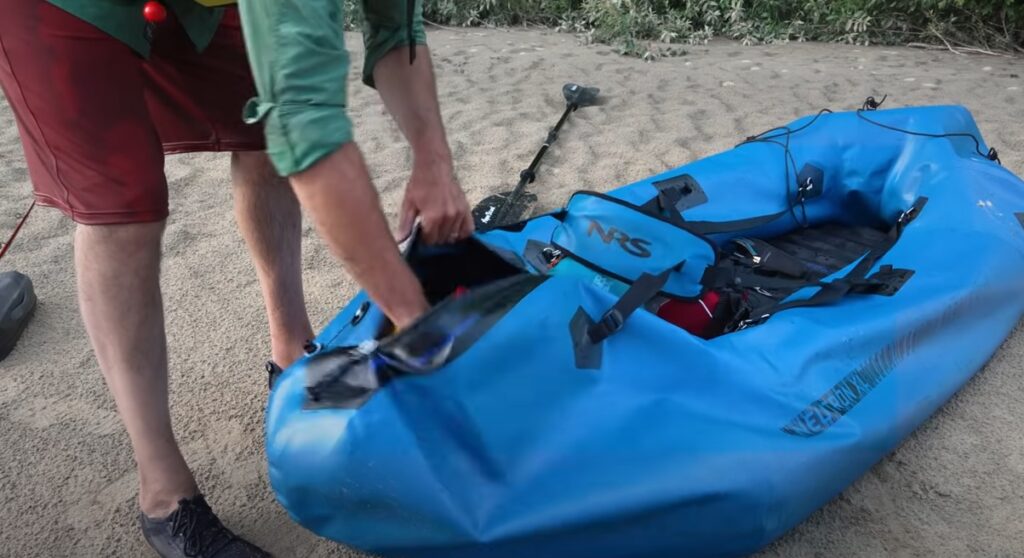
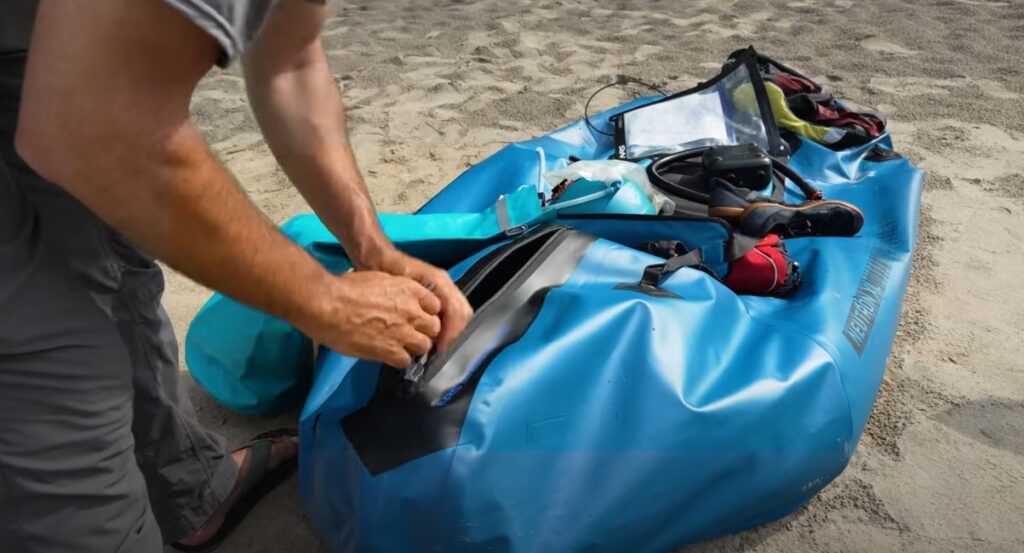
The second day greeted me with overcast skies, which I was totally down with. The day’s agenda included tackling more rapids, including the infamous 50/50, a Class 3 rapid that got my attention. This section of the Noire River is known for its steady class 1, 2 and 3 whitewater, and it didn't disappoint. After 25 kilometres of relative flatwater, I welcomed the predictable flow and whitewater.
After working so hard to make it 16km on the first day, I couldn't believe how quickly I was flying through the miles on Day 2, thanks to the continuous whitewater. By early afternoon, I was flying past the campsite that I had in mind for the night. With only the summer's heat and bugs waiting for me on shore, I decided to keep going. A few hours of relaxed paddling and floating later, and I realized that I was only 8 km from the take out. I decided to stay in the current and grab a campsite further downstream if/when the river slowed down. But that never happened, and by early evening I had traveled over 30 kilometres to arrive at the takeout.
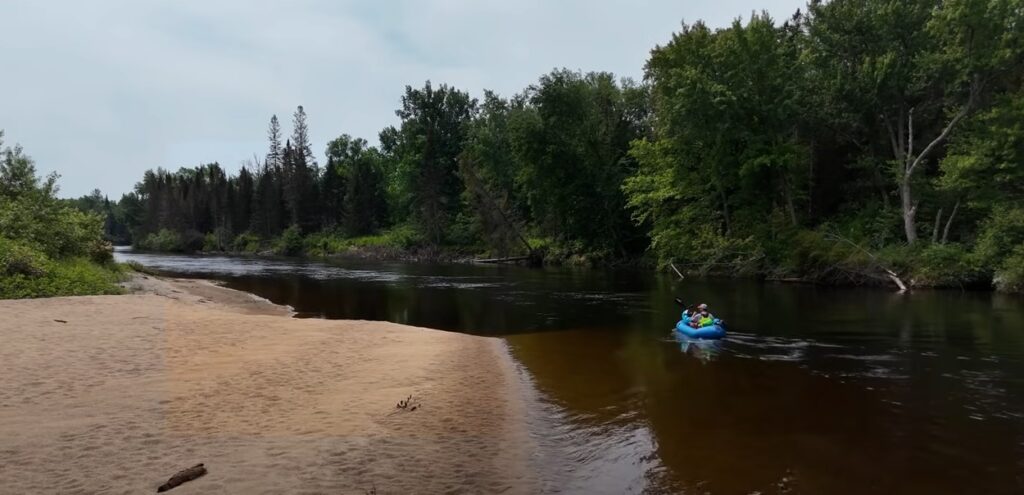
Black River and the NRS Neutron Packraft
The Black River had proven to be an excellent testing ground for the NRS Neutron Packraft. It’s a versatile boat that can handle significant whitewater, but it does have its limitations, especially when it comes to big rapids without a skirt.
But that’s all part of the adventure—embracing the unknown, learning from your mistakes, and pushing your limits. Whether it’s watching your gear float away or navigating a Class 3 rapid, every moment on the water is an opportunity to learn and grow as a paddler.
So, until the next adventure, stay curious, stay safe, and keep paddling.
Get the FREE PaddleWays App: https://smart.link/57uvbxpu0ohr4
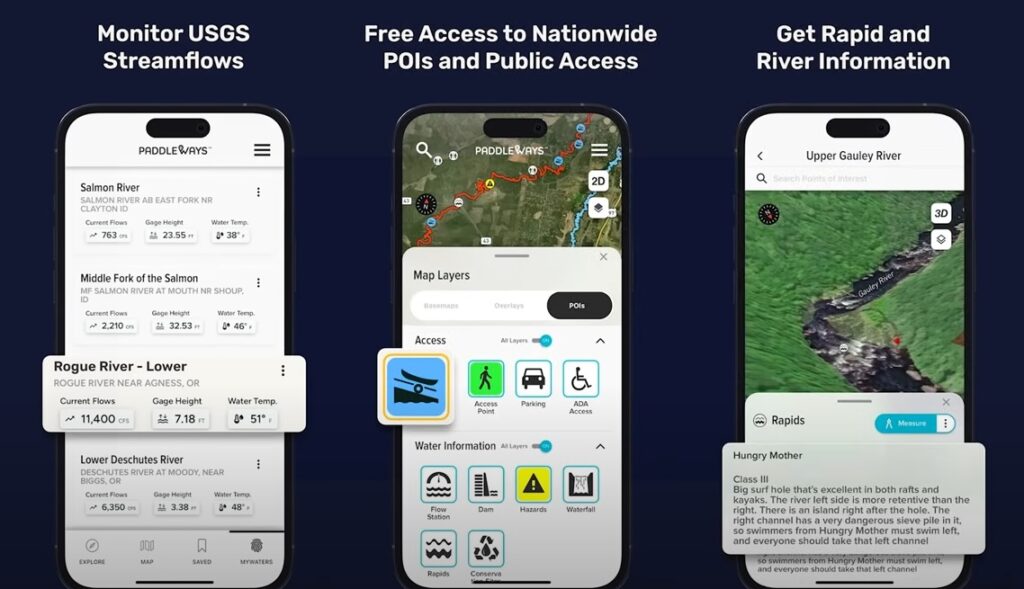
Special Thanks
to Ontario Creates for supporting my YouTube channels and blog articles.




